The most memorable travel experiences often arise when we abandon rigid itineraries and surrender to curiosity. While famous landmarks certainly deserve their recognition, the spaces between these highlights frequently reveal a destination’s true character. Unplanned exploration—following an intriguing alleyway, accepting a local’s recommendation, or simply getting pleasantly lost—often leads to genuine connections and unexpected discoveries impossible to find in guidebooks.
Here is a list of 20 destinations around the world that particularly reward those willing to wander without fixed plans. Each offers unique treasures for the unhurried explorer.
Venice, Italy
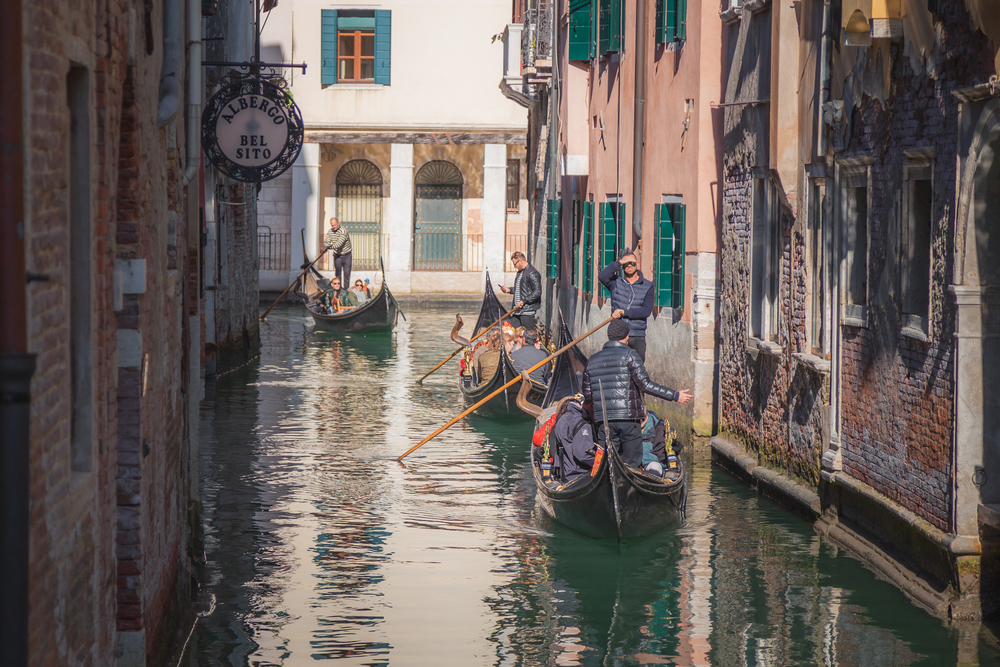
Venice consists of 118 islands connected by 400 bridges, creating a labyrinth where getting lost becomes the point rather than a problem. The tourist crowds concentrated around St. Mark’s Square and Rialto Bridge disappear just a few turns away, revealing quiet residential neighborhoods where laundry hangs above narrow canals and locals chat in small squares.
Morning wanderings reward early risers with the magical sight of deliveries arriving by boat and markets coming to life before cruise ship passengers descend on the main thoroughfares.
Kyoto, Japan
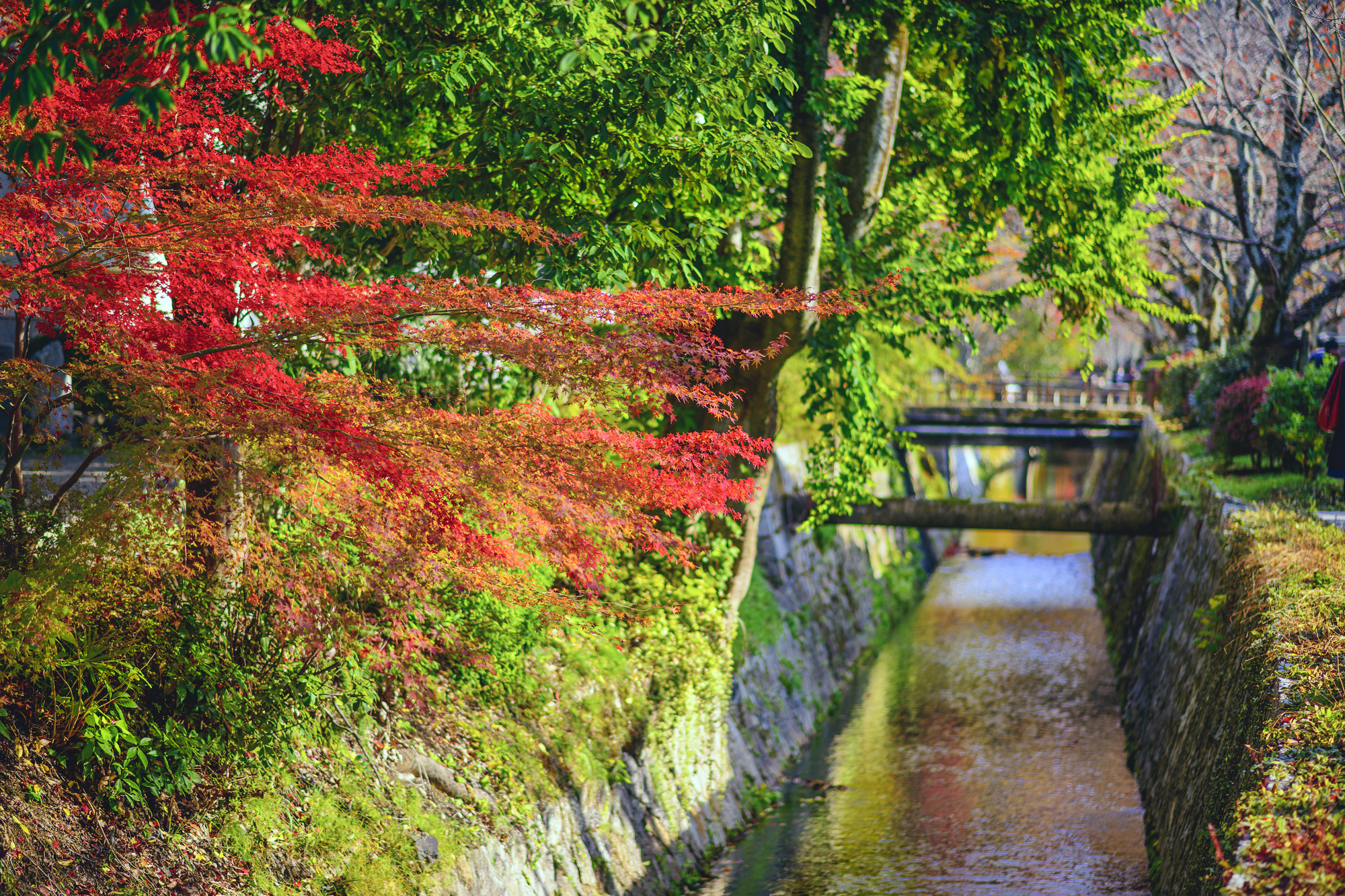
Kyoto hides its greatest treasures behind unassuming walls and down unmarked paths, revealing centuries-old gardens and temples to those who venture beyond the obvious. The Philosopher’s Path might appear on every itinerary, but the small lanes branching off it lead to neighborhood shrines where locals pray without tourist crowds.
Evening explorations bring chance encounters with geiko (Kyoto’s geisha) hurrying to appointments through the Gion district, a sight most organized tours can never guarantee.
Like Travel Pug’s content? Follow us on MSN.
Fes, Morocco

Fes contains the world’s largest car-free urban area, with over 9,000 winding alleys forming a medieval maze that has changed little in 1,200 years. Maps prove nearly useless in the labyrinthine medina, where wanderers discover hidden fondouks (traditional inns) converted to craft workshops and rooftop terraces offering panoramic views of the ancient city.
The purposefully disorienting layout—originally designed to confuse invaders—now creates perfect conditions for serendipitous discoveries of spice markets, tanneries, and tiny five-table restaurants serving generations-old family recipes.
Lisbon, Portugal

Lisbon rewards vertical exploration, with hidden elevators and funiculars connecting the city’s seven hills and creating unexpected perspectives around every corner. The centuries-old Alfama district survived the 1755 earthquake that destroyed much of the city, preserving a warren of narrow passages where fado music might spill from an unmarked doorway.
Evening wanderings reveal miradouros (viewpoints) where locals gather to watch the sunset paint the terra-cotta rooftops golden before the city lights create a different kind of magic.
Tokyo, Japan

Tokyo comprises numerous distinct neighborhoods that transform completely from one block to the next, rewarding curious pedestrians with constant surprise. The famous Shibuya Crossing might draw crowds, but just minutes away lie tranquil residential streets and miniature shrines nestled between modern buildings.
The city reveals itself through unplanned exploration—a basement vinyl record bar entered through an unmarked door, a third-floor restaurant specializing in a single perfect dish, or a peaceful garden hidden behind a department store.
Like Travel Pug’s content? Follow us on MSN.
Istanbul, Turkey

Istanbul bridges continents and millennia, with layers of history stacked like the pages of an ancient manuscript waiting to be discovered by those who wander without purpose. The maze-like Grand Bazaar contains 61 covered streets housing 4,000 shops, yet locals know the surrounding streets often offer greater authenticity and lower prices.
Evening explorations of neighborhoods like Balat reveal century-old tea houses where games of backgammon have continued uninterrupted despite the city’s constant evolution around them.
Mexico City, Mexico
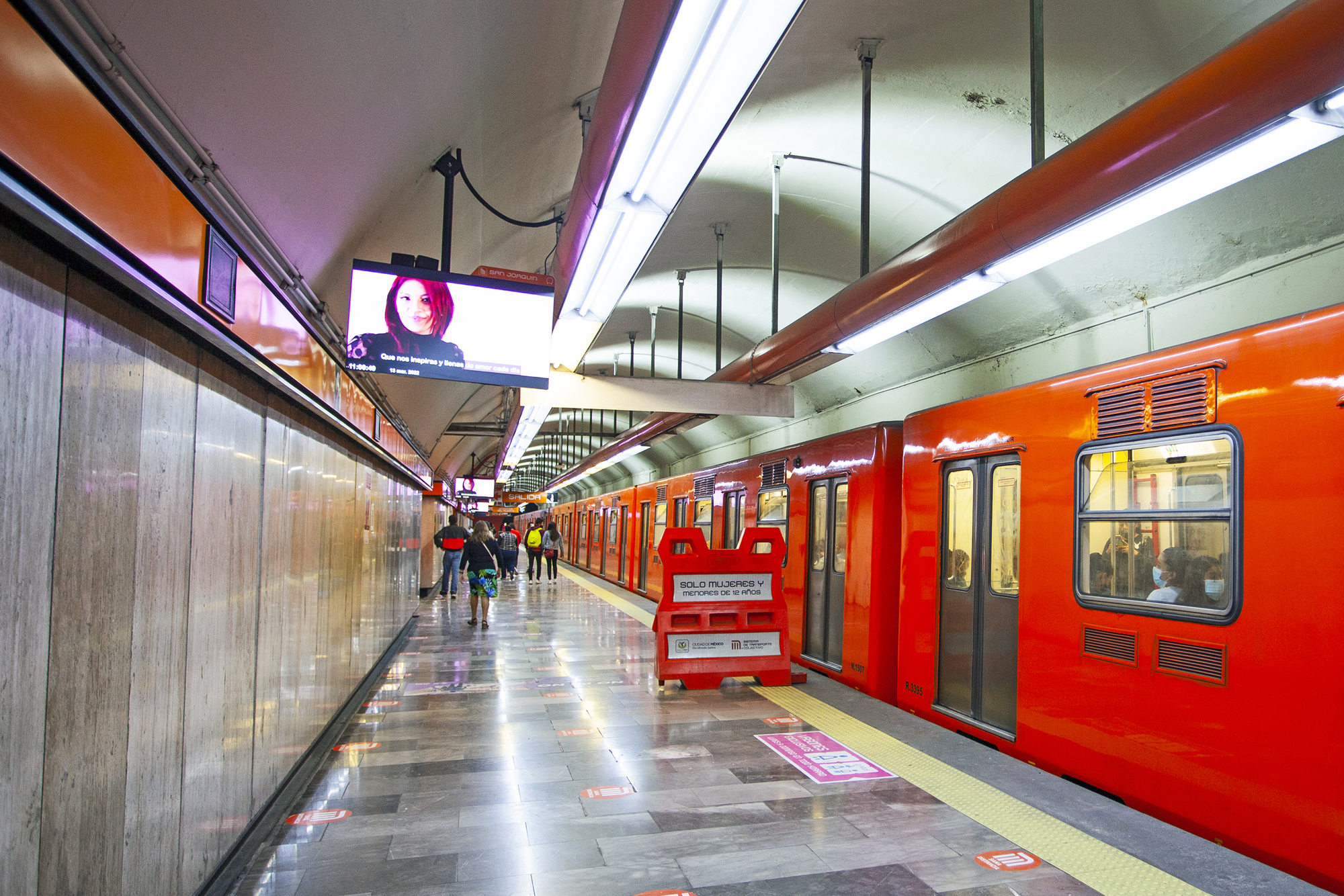
Mexico City encompasses one of the world’s largest urban parks, hundreds of distinct neighborhoods, and countless mercados where the true pulse of daily life plays out away from tourist attractions. The sprawling metropolis reveals itself best to wanderers who explore one colonia (neighborhood) at a time, discovering concealed courtyard restaurants behind massive wooden doors and rooftop bars with panoramic views of the volcanic mountains surrounding the valley.
Morning meanderings through parks like Chapultepec reveal exercise groups practicing everything from yoga to traditional dance amid the ancient ahuehuete trees.
Varanasi, India

Varanasi follows the curves of the sacred Ganges River with a tangled network of over 2,000 temples and shrines connected by narrow galis (alleys) that often lead to unexpected dead ends or sudden river views. The ghats (riverside steps) host different activities throughout the day—morning bathing rituals, afternoon laundry washing, evening fire ceremonies—creating ever-changing scenes for the aimless wanderer.
Rooftop exploration provides orientation when the street-level maze becomes too confusing, with aerial perspectives revealing patterns impossible to discern from within the ancient labyrinth.
Like Travel Pug’s content? Follow us on MSN.
Edinburgh, Scotland
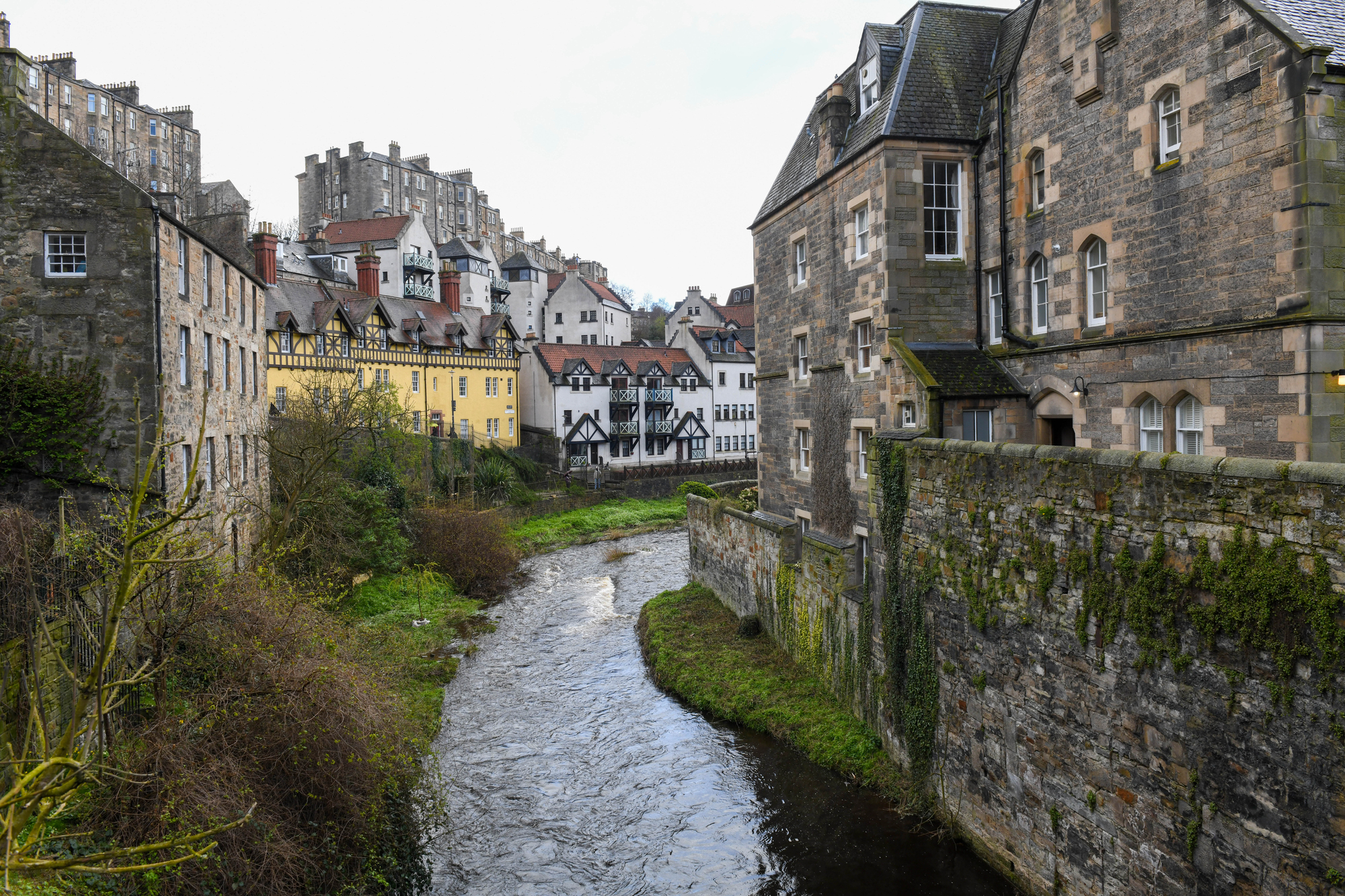
Edinburgh built itself vertically over centuries, creating multiple street levels connected by narrow wynds and hidden staircases that reward explorers with unexpected shortcuts and viewpoints. The medieval Old Town contains closes (alleys) leading to concealed courtyards where centuries of history remain visible in worn stone steps and repurposed merchant houses.
Early morning wanderings reveal the city at its most atmospheric, with mist often shrouding Edinburgh Castle while cafes begin to brighten darkened streets with warm light and the scent of baking bread.
Seoul, South Korea

Seoul juxtaposes thousand-year-old temples against futuristic architecture, with traditional hanok villages nestled between skyscrapers and mountainside parks offering escape from urban intensity. The sprawling city rewards explorers who investigate alleyways where grandmothers make kimchi according to generations-old family recipes or young chefs experiment with fusion cuisine in converted industrial spaces.
Nighttime wanderings reveal a completely different city, with quiet daytime business districts transforming into vibrant nightlife zones and markets that only open after dark.
Havana, Cuba

Havana preserves its architectural heritage through necessity rather than choice, creating a living museum where daily life unfolds in buildings spanning five centuries. The seemingly dilapidated façades often hide surprisingly intact interiors where families gather in courtyards filled with tropical plants and songbirds.
Evening wanderings bring encounters with impromptu street music, with neighbors bringing out chairs to listen as talented local musicians play for the pure joy of performance rather than tourist dollars.
Like Travel Pug’s content? Follow us on MSN.
Chefchaouen, Morocco

Chefchaouen bathes its medina in shades of blue, creating a dreamlike maze where every turning reveals new compositions of color and light as the sun moves across the sky. The mountain town’s narrow staircases and covered passages create constantly shifting perspectives for wanderers willing to climb upward to panoramic viewpoints.
Morning exploration rewards early risers with the magical sight of shopkeepers washing down their blue doorsteps and streets still empty of fellow travelers, the town temporarily returned to locals before daily tour groups arrive.
George Town, Malaysia
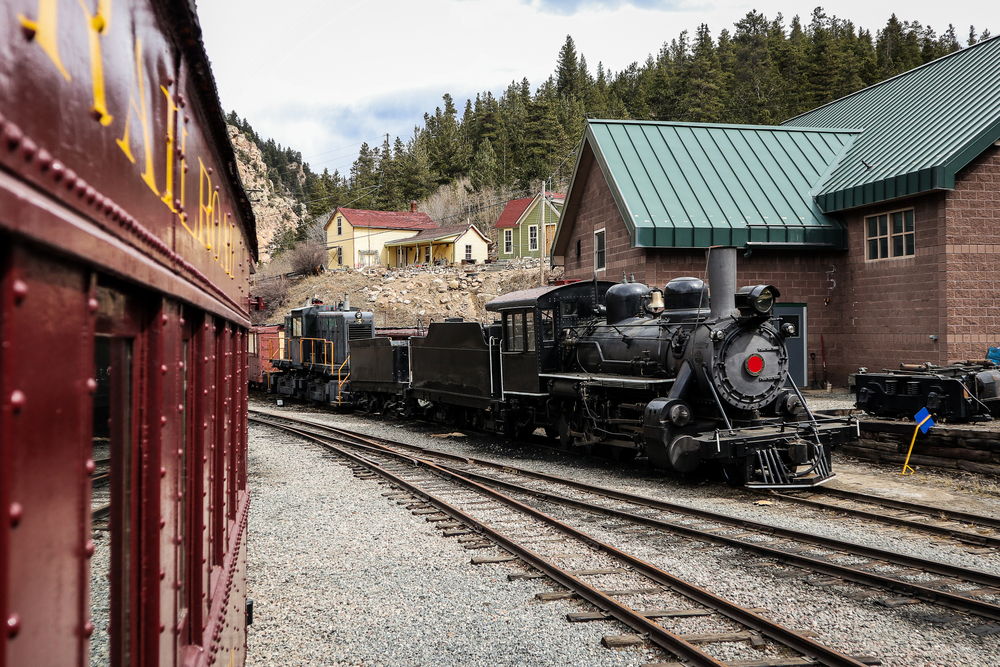
George Town combines Chinese shophouses, Indian temples, and British colonial buildings connected by narrow lanes and hidden arterial passages, reflecting the multicultural history of Penang Island. The UNESCO-protected city reveals itself through street art and generations-old family businesses occupying the same locations for decades despite rapid modernization elsewhere.
Culinary wanderings deliver some of the world’s finest street food, with certain stalls operating only during specific hours known primarily to locals who happily direct curious travelers toward their personal favorites.
Plovdiv, Bulgaria
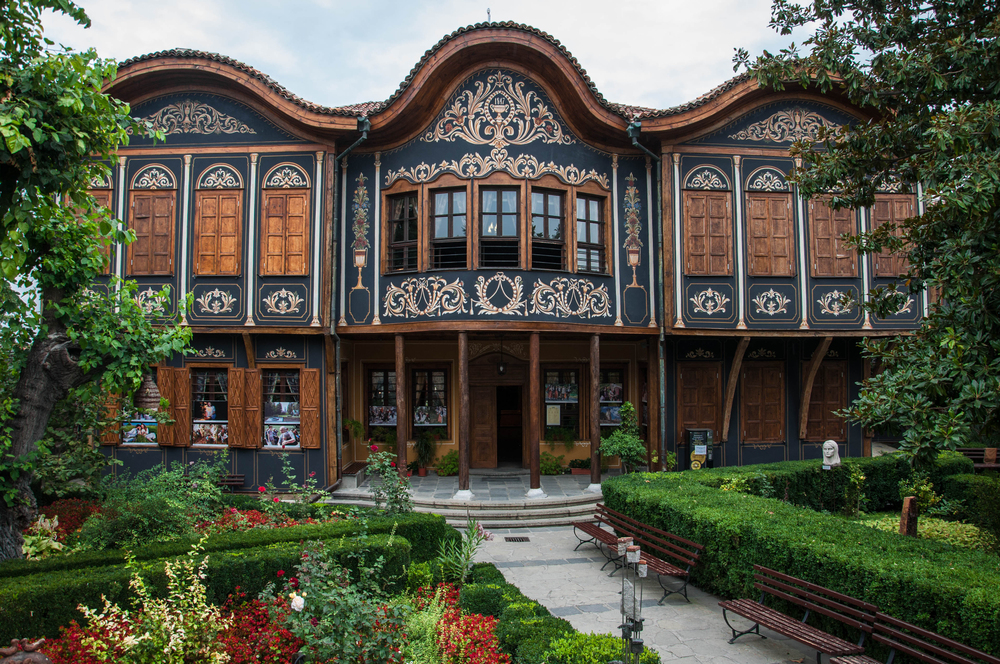
Plovdiv claims the title of Europe’s oldest continuously inhabited city. Its winding cobblestone streets connect Roman ruins, Ottoman mansions, and Bulgarian Revival architecture in a compact, walkable area. The hillside Old Town rewards explorers with unexpected courtyards housing art galleries and craft workshops within 19th-century merchant houses painted in distinctive stripes and geometric patterns.
Evening wanderings bring chance encounters with impromptu concerts in the ancient Roman amphitheater or conversations with locals in tiny wine bars serving regional vintages from nearby Thracian Valley vineyards.
Like Travel Pug’s content? Follow us on MSN.
Zanzibar City, Tanzania

Zanzibar City centers around Stone Town, a UNESCO site where Swahili, Arab, Persian, Indian, and European influences merge in a seaside labyrinth of narrow alleys and ornately carved wooden doors. The complex urban layout intentionally confuses first-time visitors, but reveals its secrets to those who wander without hurry or destination.
Morning explorations bring encounters with fishermen selling their overnight catch and spice merchants arranging pyramids of fragrant cloves, cinnamon, and cardamom that made this island prosperous for centuries before tourism arrived.
Porto, Portugal
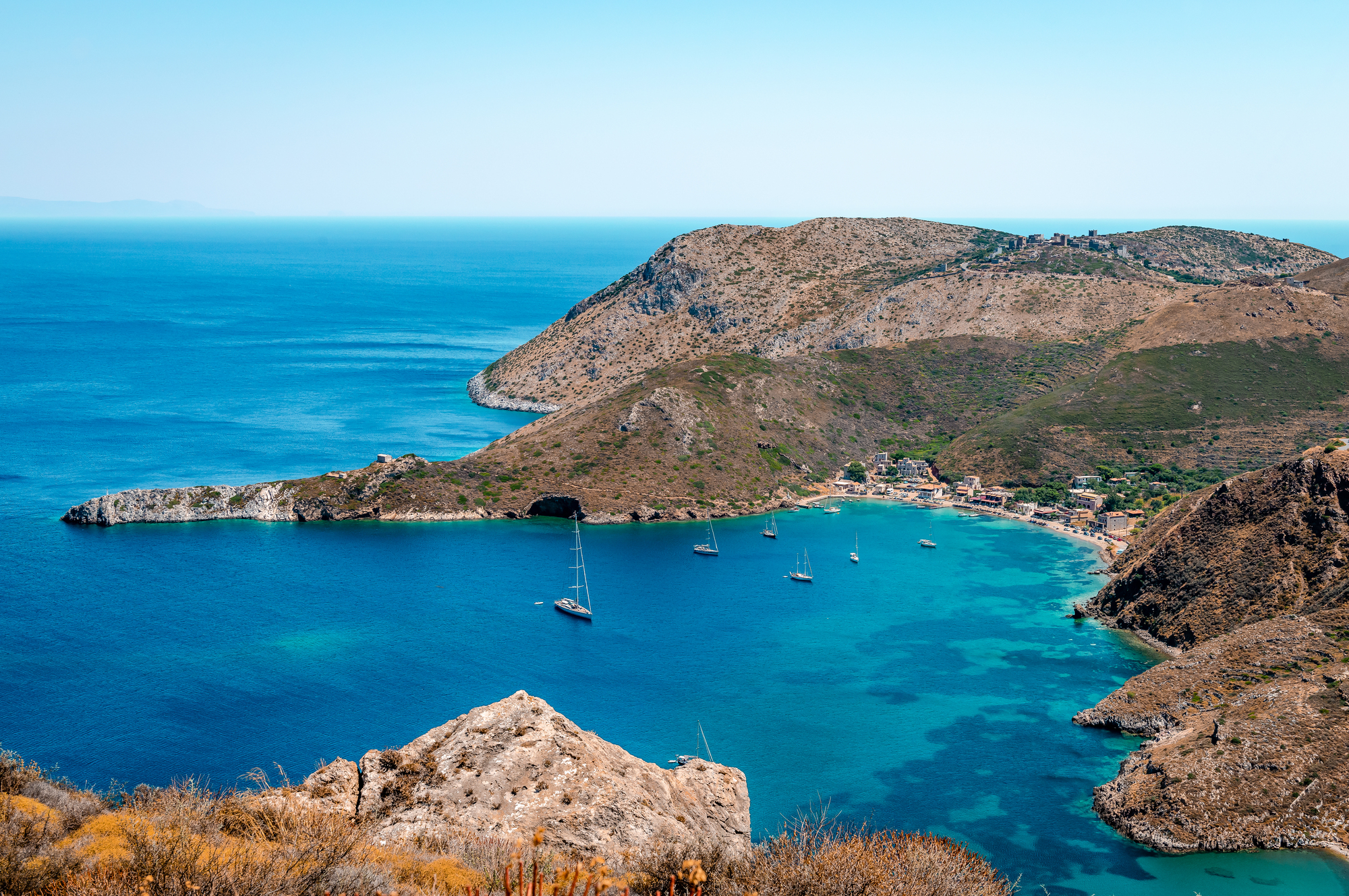
Porto cascades down steep hillsides to the Douro River, creating a vertical city where unexpected staircases connect different neighborhoods and reveal sudden panoramic views. The UNESCO-listed Ribeira district contains medieval alleyways so narrow neighbors can shake hands from opposite windows, hiding tiny traditional taverns serving port wine directly from wooden barrels.
Evening wanderings across the iconic Dom Luís Bridge lead to Vila Nova de Gaia, where sunset paints the city’s red-tiled rooftops and church towers in golden light while port wine cellars open their doors for tastings.
Valparaíso, Chile
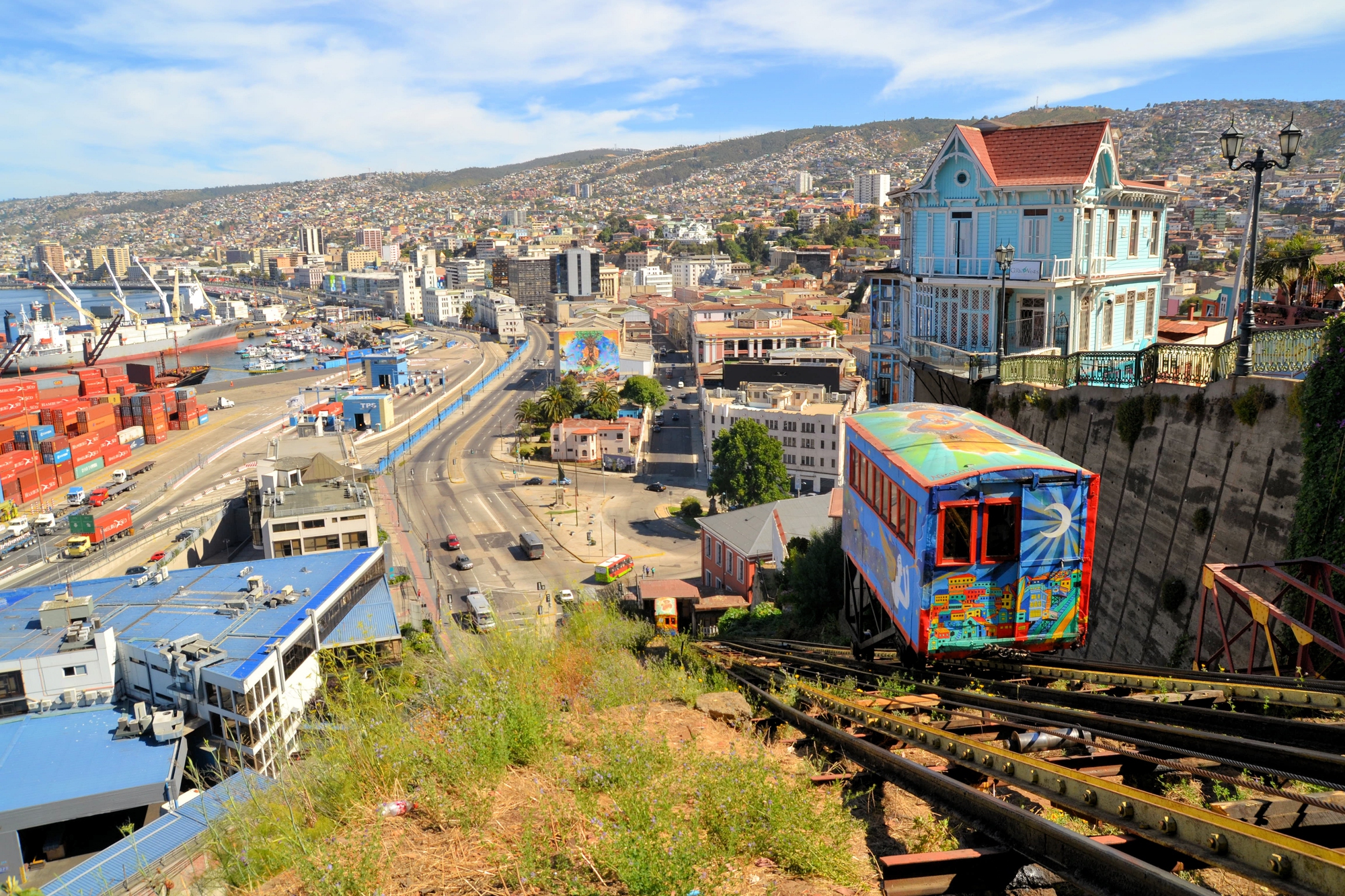
Valparaíso spreads across 42 hills connected by a chaotic network of staircases, alleyways, and funiculars that create a vertical labyrinth renowned for vibrant street art and unexpected vistas. The UNESCO-protected city rewards those who climb its steep paths with constantly changing perspectives of the colorful houses cascading toward the Pacific Ocean.
Midday wanderings reveal street artists at work adding new murals to the open-air gallery that covers many buildings. At the same time, smaller paths between main routes often lead to local-frequented viewpoints where residents gather to watch container ships entering the harbor.
Like Travel Pug’s content? Follow us on MSN.
Hoi An, Vietnam
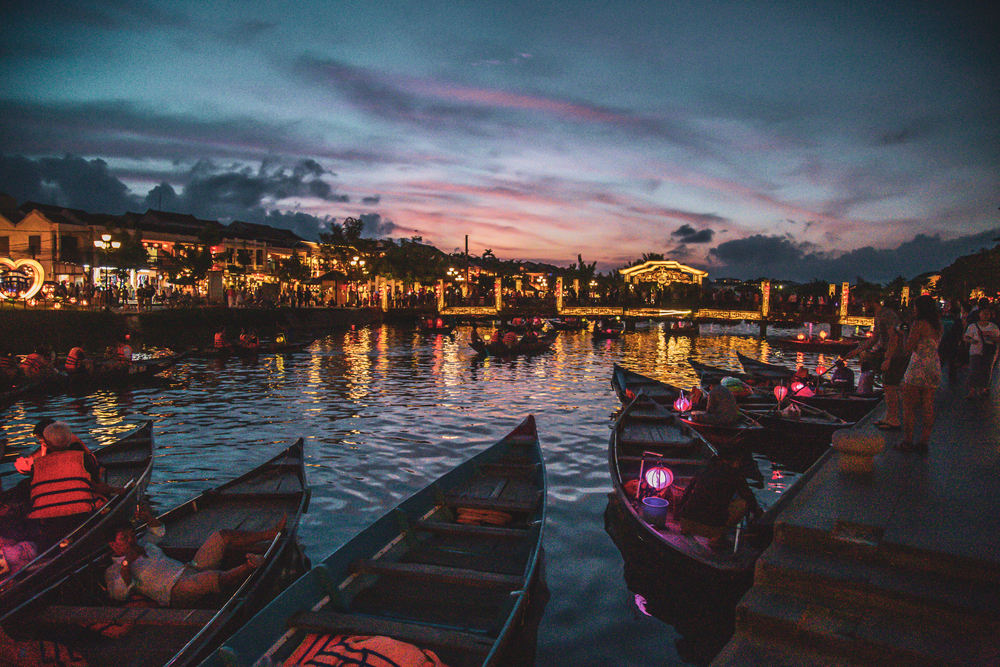
Hoi An preserves its ancient trading port character with hundreds of wooden shophouses lining narrow pedestrian lanes that change completely between day and night. The UNESCO site transforms after sunset when thousands of silk lanterns illuminate the streets, creating a magical atmosphere for evening wanderings along the Thu Bon River.
Morning explorations reward early risers with the sight of elderly residents practicing tai chi beside the water and market vendors arranging tropical fruits and fresh herbs before tour groups arrive from nearby beach resorts.
Budapest, Hungary
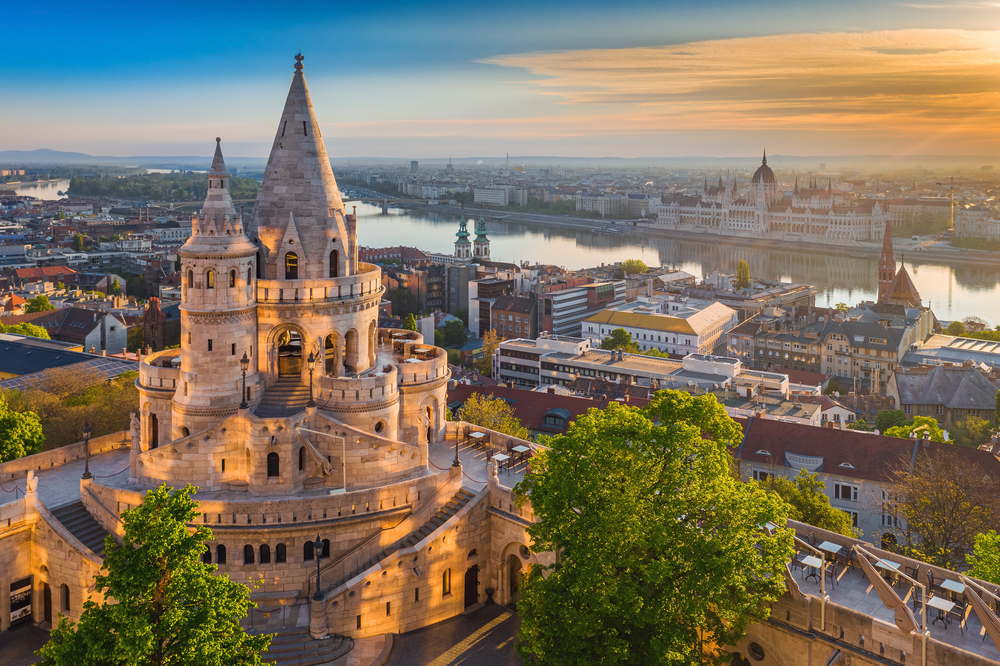
Budapest conceals an underground network of courtyards within its apartment buildings, accessible through decorative archways that punctuate the grand boulevards of Pest. These hidden entrances lead to unexpected residential worlds where locals garden in communal spaces surrounded by Art Nouveau details invisible from the street.
Evening explorations reveal the phenomenon of ‘ruin bars’ established in abandoned buildings, where each room offers different décor and atmosphere, often changing locations before becoming too commercially successful or widely known.
Oaxaca City, Mexico

Oaxaca City centers around a colonial grid that quickly gives way to winding neighborhood streets where daily markets, family-run mezcalerias, and traditional craftspeople operate from private homes. The walkable city reveals itself through vibrant murals addressing social issues and quiet courtyards housing contemporary art galleries within Spanish colonial buildings.
Culinary wanderings lead to family-run fondas serving mole sauce from recipes passed through generations, often found by following locals during lunch hours rather than consulting guidebooks or review sites.
Like Travel Pug’s content? Follow us on MSN.
The Art of Getting Lost

These destinations remind us that travel’s greatest rewards often come from surrendering control and embracing spontaneity. While technology offers unprecedented convenience in navigation, it simultaneously threatens the serendipitous discoveries that create our most treasured travel memories.
These places preserve the possibility of genuine exploration in an increasingly mapped and documented world, offering experiences that algorithms cannot predict and itineraries cannot schedule. Perhaps the true souvenir from these wanderings is not what we find, but who we become in the process—more patient, more observant, and more willing to let curiosity rather than certainty guide our paths through unfamiliar territory.
More from Travel Pug

- Cities Growing so Fast You Won’t Recognize Them in 10 Years
- 13 Destinations Where Tourists Regularly Regret Their Trip
- 16 U.S. Cities That Are Quietly Becoming Travel Hotspots
- Where to Travel If You Love Long Bus Rides and Daydreams
- 20 Cities Perfect for Solo Travelers Who Crave Adventure & Culture
Like Travel Pug’s content? Follow us on MSN.
